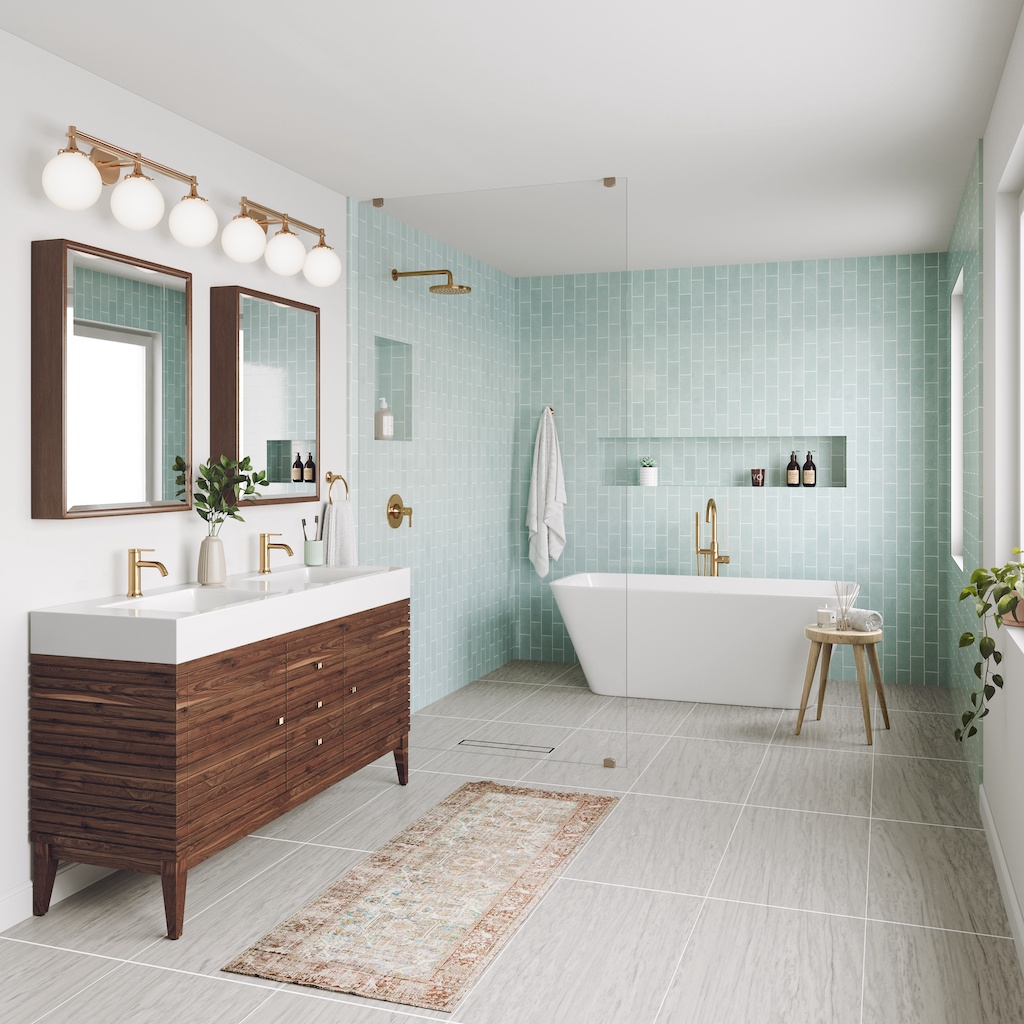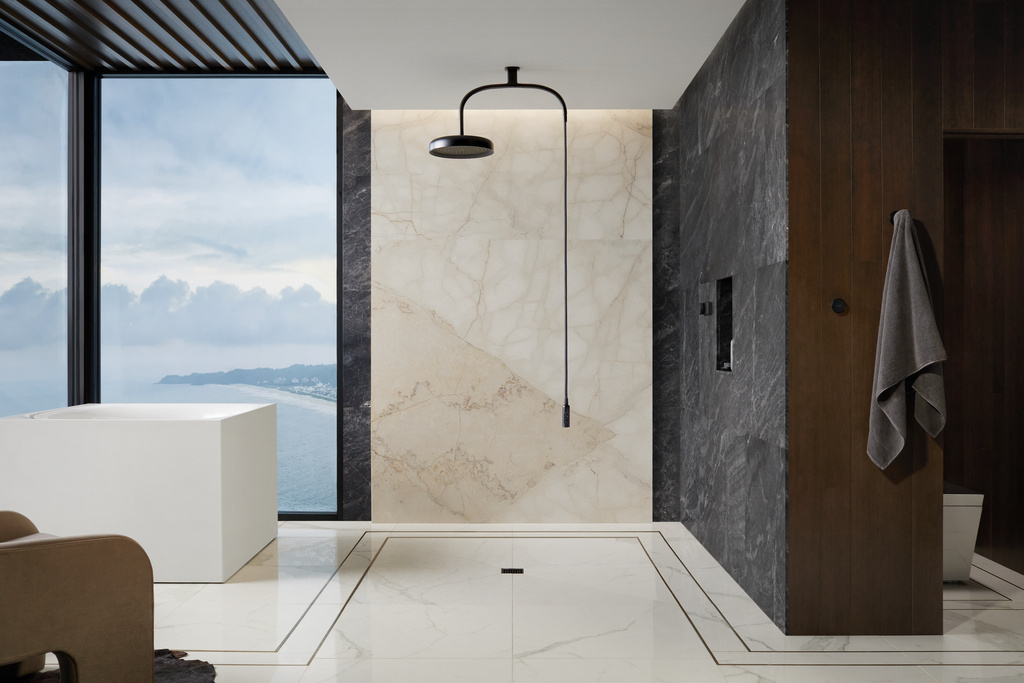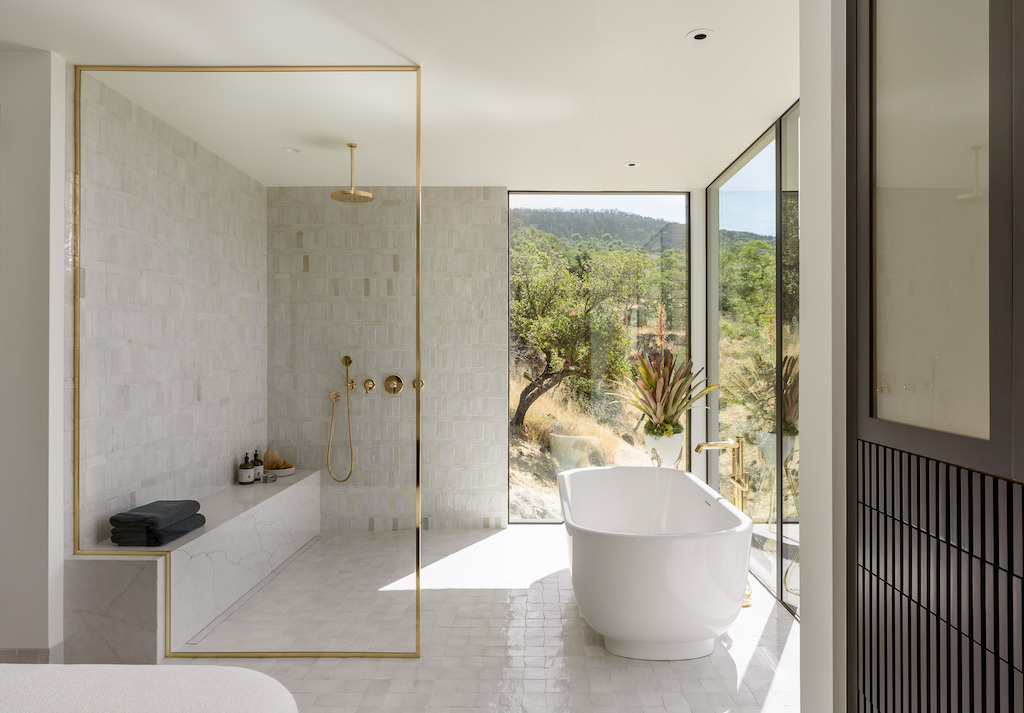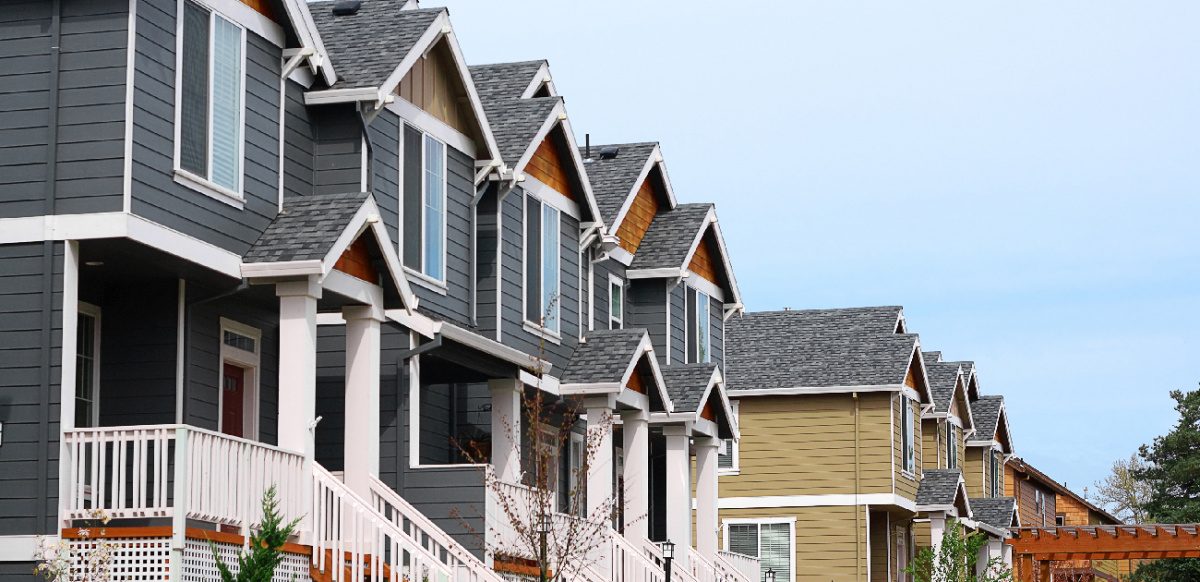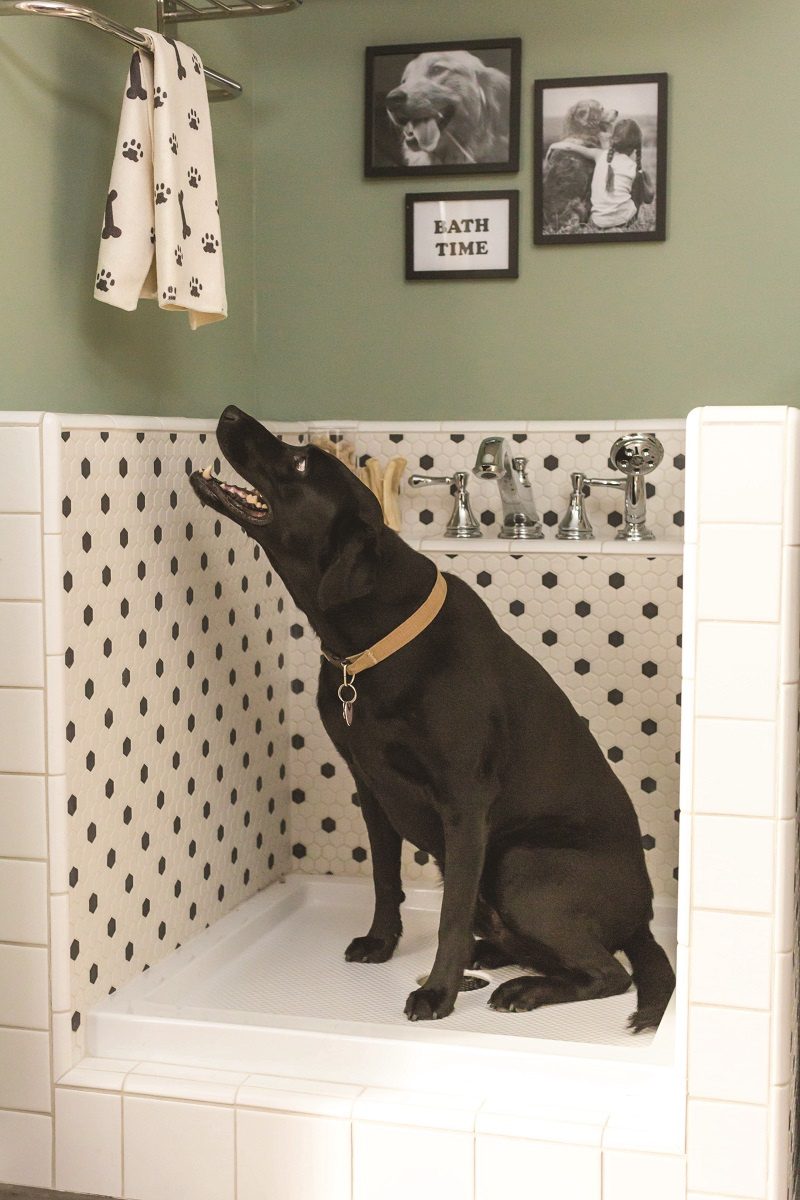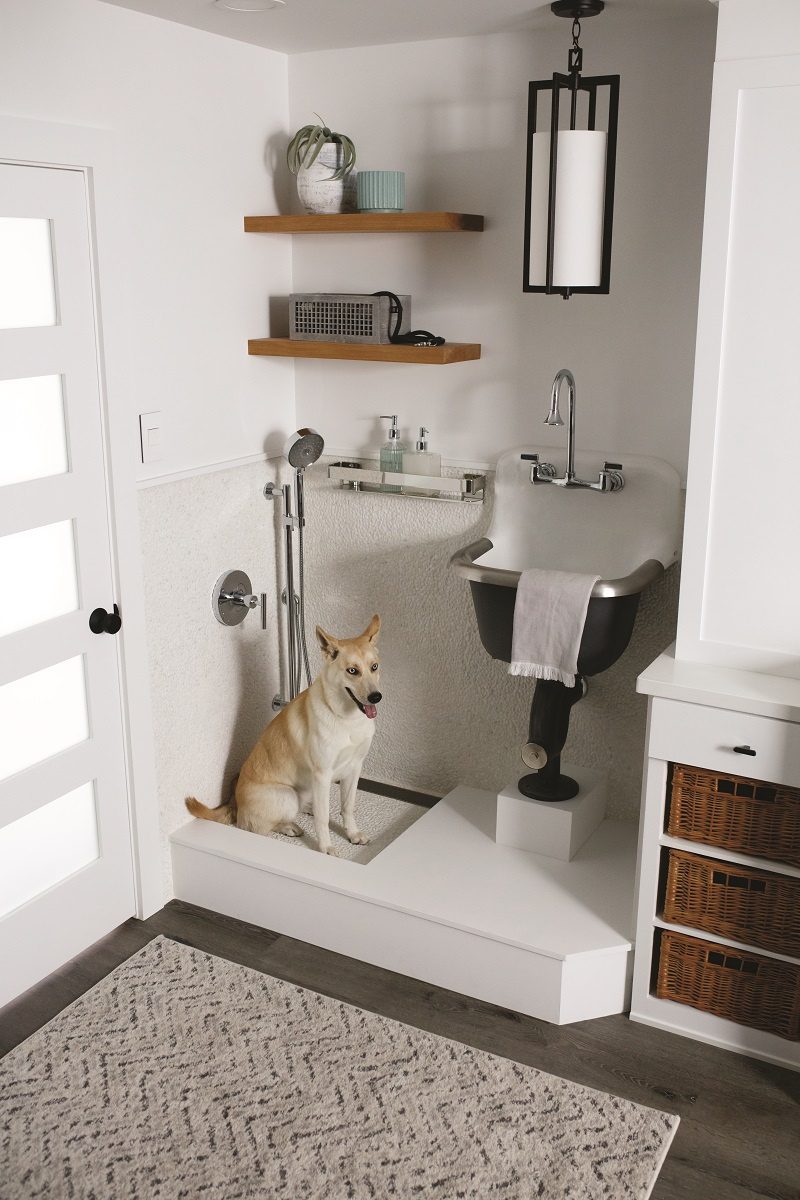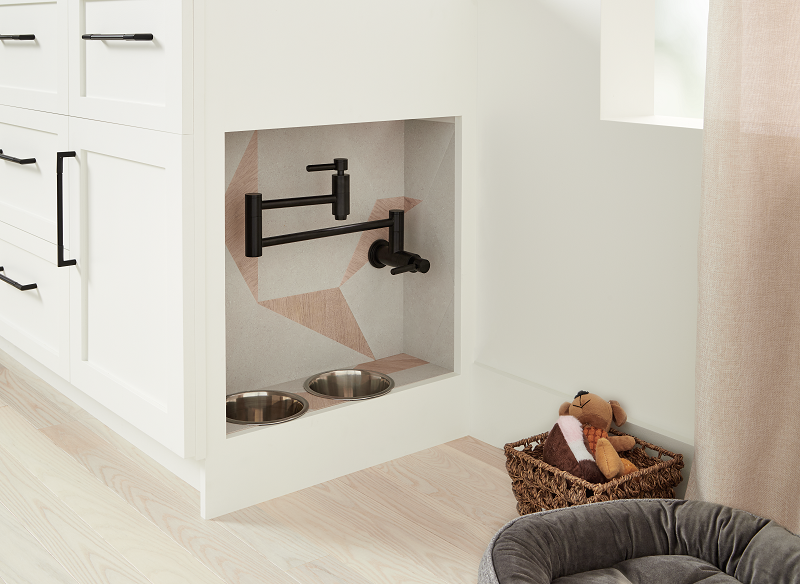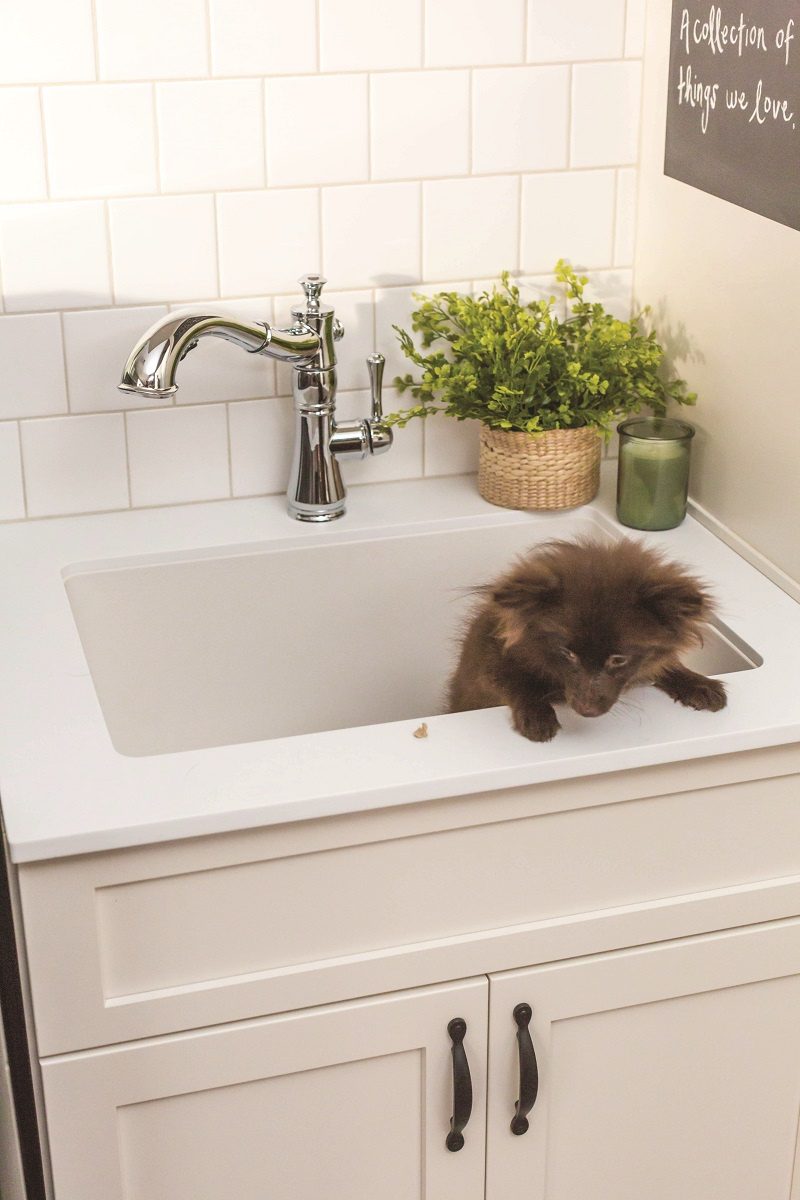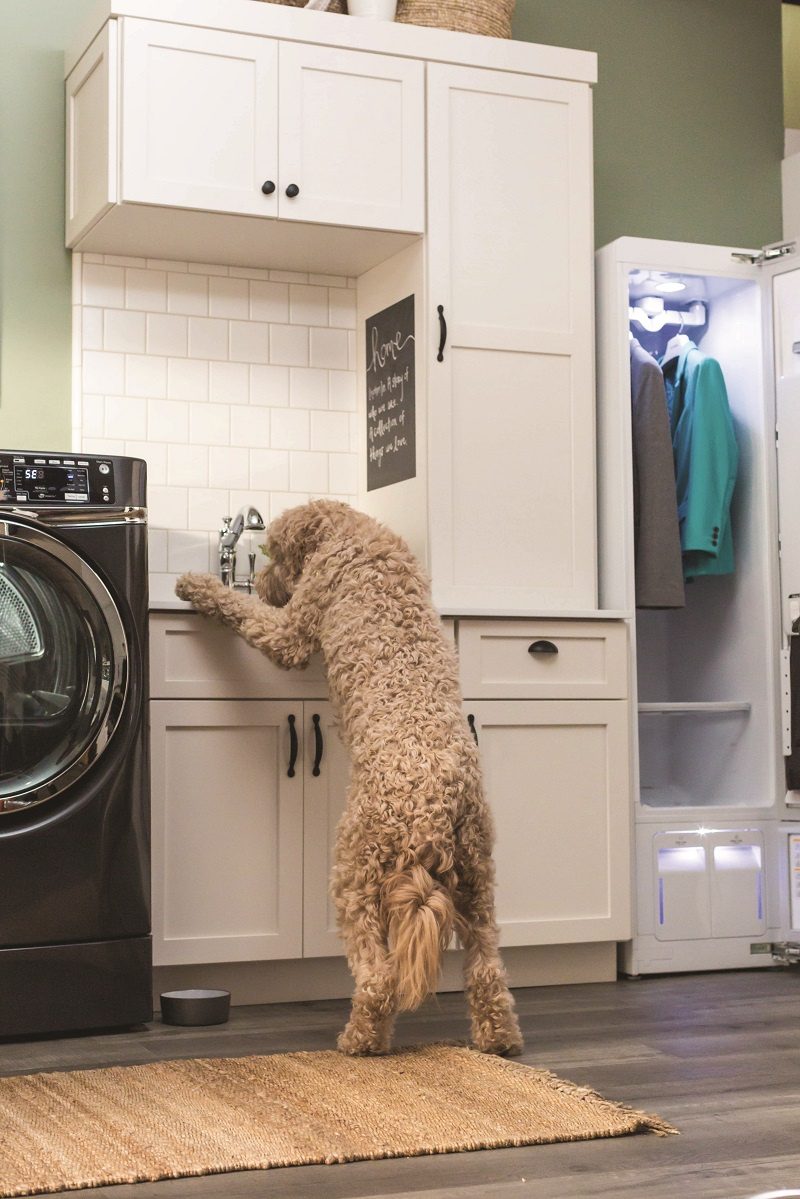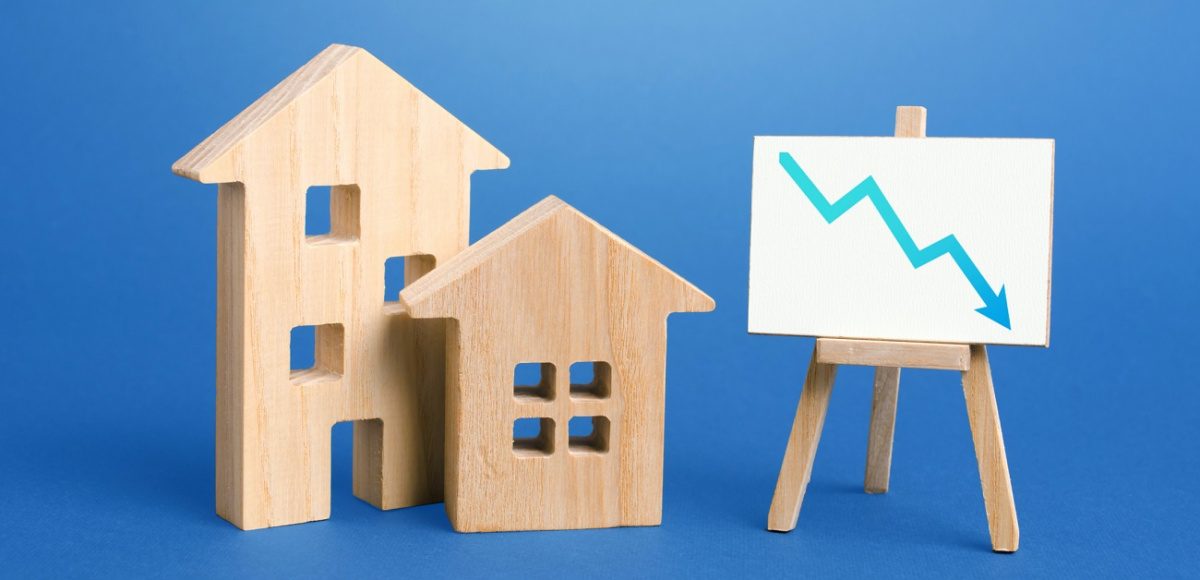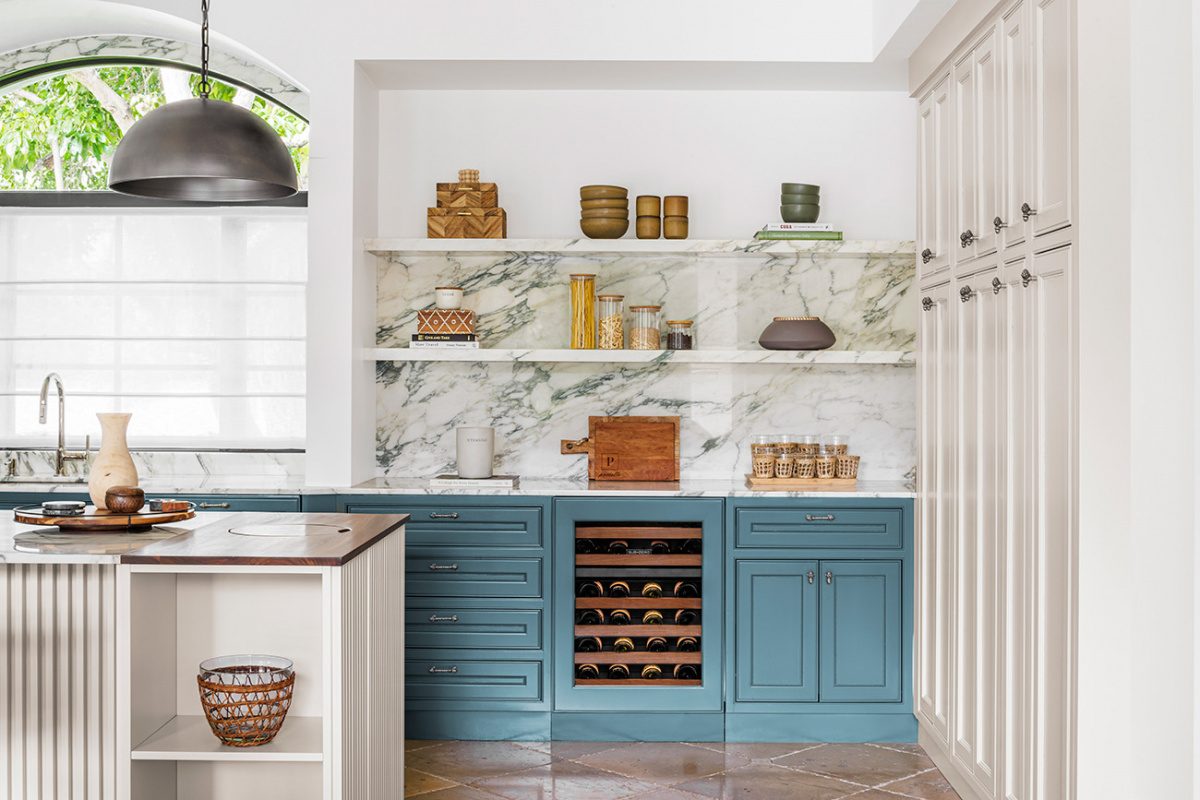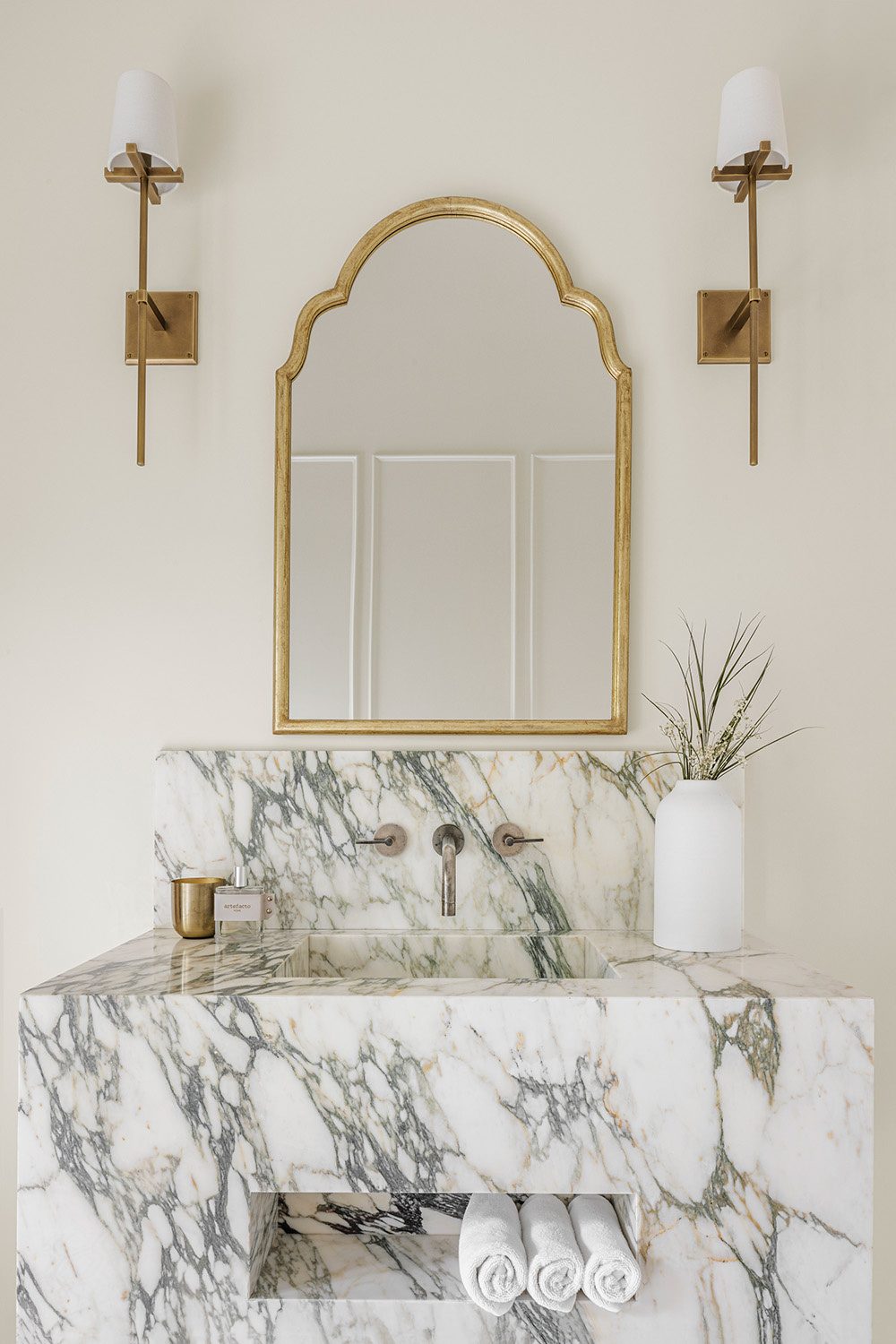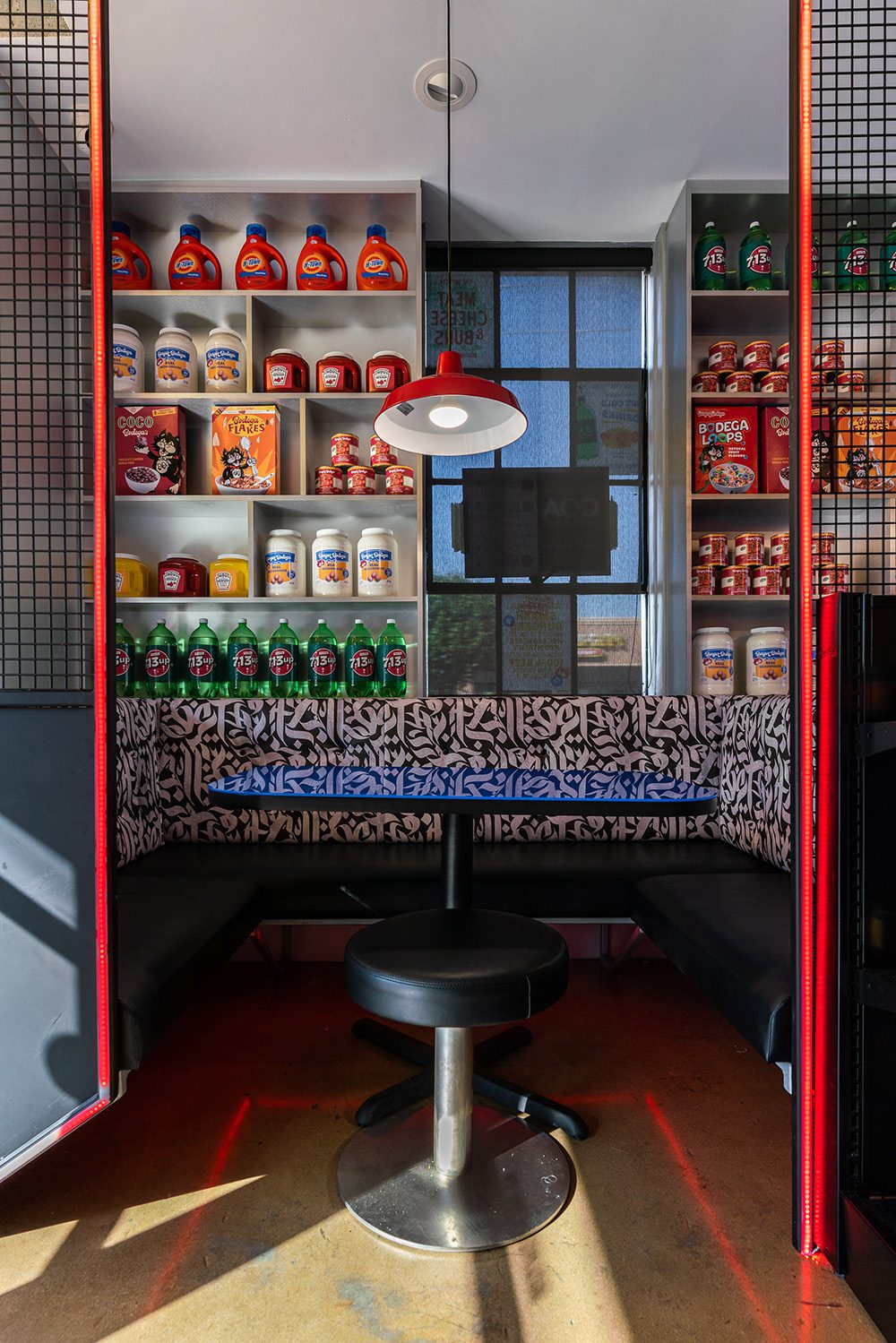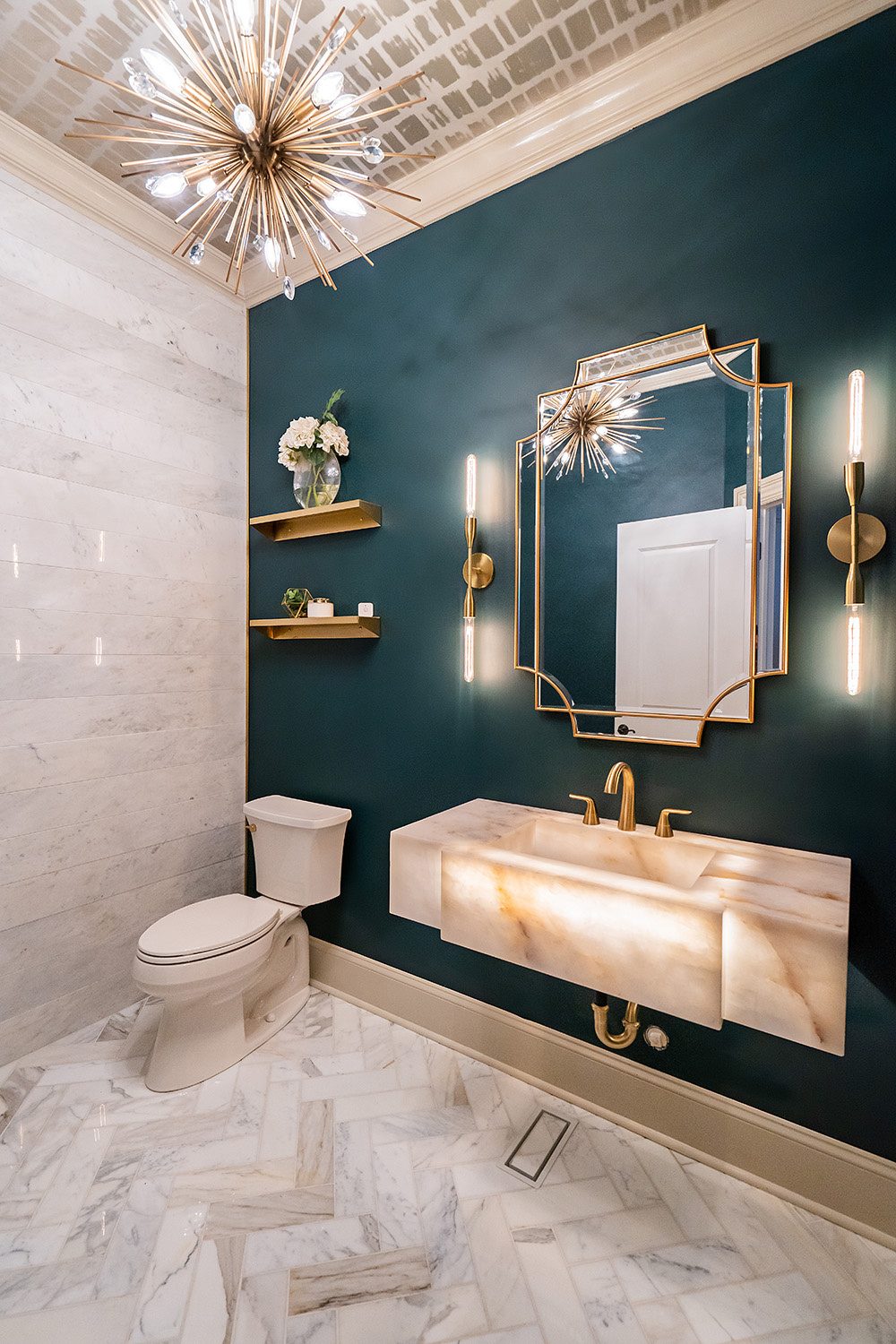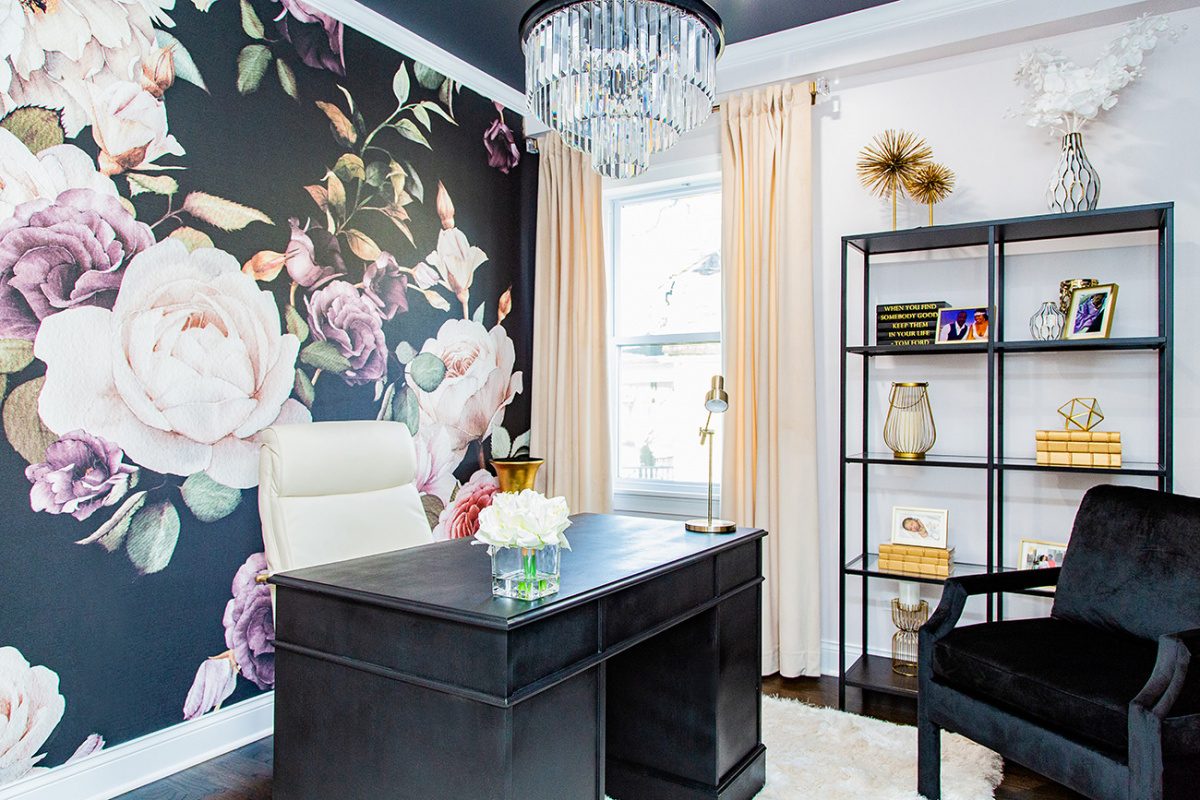Key takeaways:
- Enlist expert inspection and advice from a company trained in water issues.
- Take preventive measures, like adding a sump pump, and make sure to keep up with regular maintenance.
- Learn what the signs of water damage look like to mitigate problems should they occur.
Heavy rains in spring, as well as the last melting snowfalls of winter, present a couple of distinct downsides: the potential for exterior and interior water damage to a home.
Water that seeps or gushes in may cause foundation cracks and walls to cave in, and while this may happen year-round, homes are more susceptible to this damage in spring when the amount of water may be excessive.
Installing wide gutters and downspouts or having them pitch away from a home can help prevent damage and the need for expensive repair, including mold remediation.
While having infrastructure work performed is hardly as appealing as renovating a kitchen, bathroom, or deck, ensuring a home has a stable foundation sets the stage for future renovations. It also ensures homeowners can live within their space without concern for the consequences of water intrusion, like damage to a home’s mechanical systems and contents in the basement or crawl space.
Christopher McLaughlin, divisional sales manager of Groundworks, based in Virginia Beach, Va.,(link is external) articulates seven critical steps that his company recommends to protect foundations, waterproof basements, and control moisture in crawl spaces.
Have a Specialist Perform an Inspection
Home inspectors do a good job of providing an overall evaluation of a home, McLaughlin says. However, they may be more skilled at noticing something awry, such as a cracked basement foundation wall, than at offering a solution when it comes to certain problems. That’s when it becomes useful to hire a water or foundation specialist to make a recommendation and do the work. Otherwise, a homeowner may find the problem is like a snowball rolling down a mountain. “It gets bigger and bigger until it’s corrected,” he says.
Add a Sump Pump
If a home has a below-grade area, the basement may have ground water enter. Hydrostatic pressure—what any fluid in a confined space may exert—can cause water to push on foundation walls, damaging them and allowing water to seep in, McLaughlin says. Installing a sump pump system removes the water and carries it away from the home. Depending on the size of the basement, more than one pump may be necessary. The general rule of thumb is that a pump is needed for every 100 linear feet, McLaughlin says. Homeowners should also invest in one that runs continuously; some don’t, he says.
Yearly, it’s smart for homeowners to have an expert change the pump’s check valve, which ensures that water won’t return at the point of exit, and clean sediment from the pump to keep water flowing smoothly. A back-up generator for the house or the pump is recommended in case the power fails during an emergency. A company that specializes in water and foundation issues can assess the home’s structure and recommend what horsepower the pump should have.
Clean Gutters and Downspouts
The build-up of leaves and other debris can stop water from flowing off a roof and away from the house. Most homeowners should have gutters and downspouts cleaned at least twice a year—after leaves have fallen before winter and once snow has stopped in spring. An expert can advise if your gutters and downspouts are wide enough and draining water far enough from a home—ideally, 15 feet, so water doesn’t pool around the foundation and cause damage. Standard downspouts are 2 to 3 inches, while some measure up to 6 inches wide.
Install Flood Sensors and Vents
A flood vent is for homeowners whose houses have only a crawl space and lie in a high-risk flood zone(link is external). An expert can swap the crawl space vent with the flood vent, which turns on its side, allowing water to pour into the crawl space rather than be forced inside, potentially causing damage to the foundation. A flood sensor is an alarm that alerts homeowners to leaking water from a mechanical failure in a crawl space or basement.
Learn the Signs of Water Damage
Traces indicating a problem may appear on the exterior or interior of a foundation. Homeowners should also pay attention to water that sits outside their home, which may slowly seep in. Inside the home, owners should be aware of efflorescence, a crystalline salt deposit that can form when water remains over time. Cracks in a basement wall may also indicate additional problems in the home’s support system due to moisture in floor joists or piers causing weakening. Bowed walls may also indicate a water problem that needs prompt attention.
The solution to any of these problems is not to paint walls with a waterproofing solution, since that’s a Band-Aid and the problem will worsen over time and become more expensive to fix. Instead, they need a good drainage system installed—possibly drainage tiles—and the sump pump.
Raise Utilities and Storage Above the Ground
If the basement has a furnace and other HVAC equipment, homeowners should be sure these systems are raised off the ground in case waters enter the space. The same goes for storage boxes with files, any memorabilia, or out-of-season clothing that may be stored in the basement. McLaughlin always stresses to homeowners that carpet or hardwood flooring should never be used in a basement because moisture can easily damage them. A better choice is luxury vinyl tile planks.
Adjust as Needed for Sloping
Sloping land can cause water to run toward a house rather than off the property. The addition of a gravel bed may help filter or slow the water. A French drain may redirect it away from the foundation.
Spring flooding is inevitable, but in most cases, it doesn’t have to cause issues for homeowners. Recommend that homeowners take some or all of these steps when they move in or when they can budget for them, to prevent costly and time-consuming damage.
